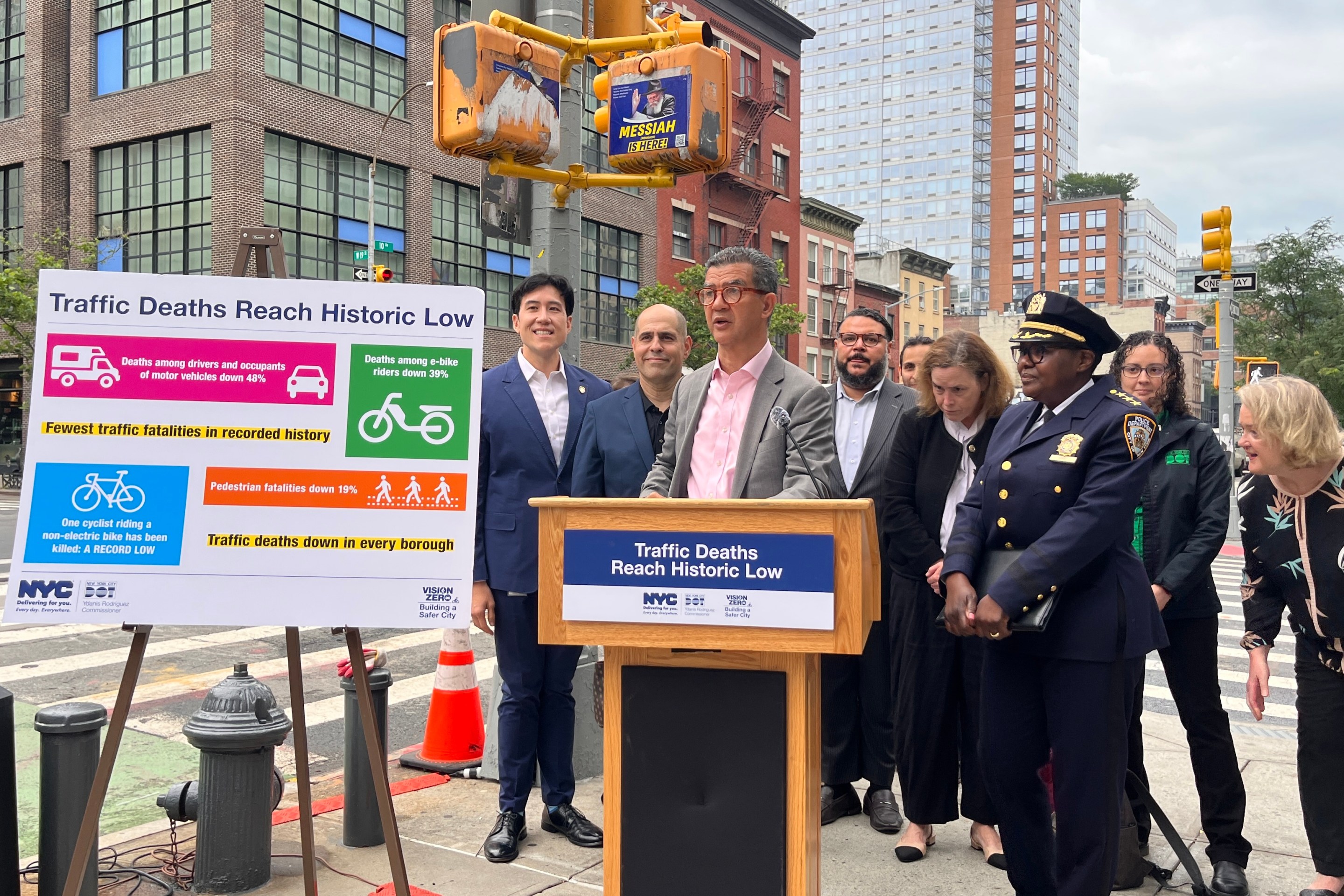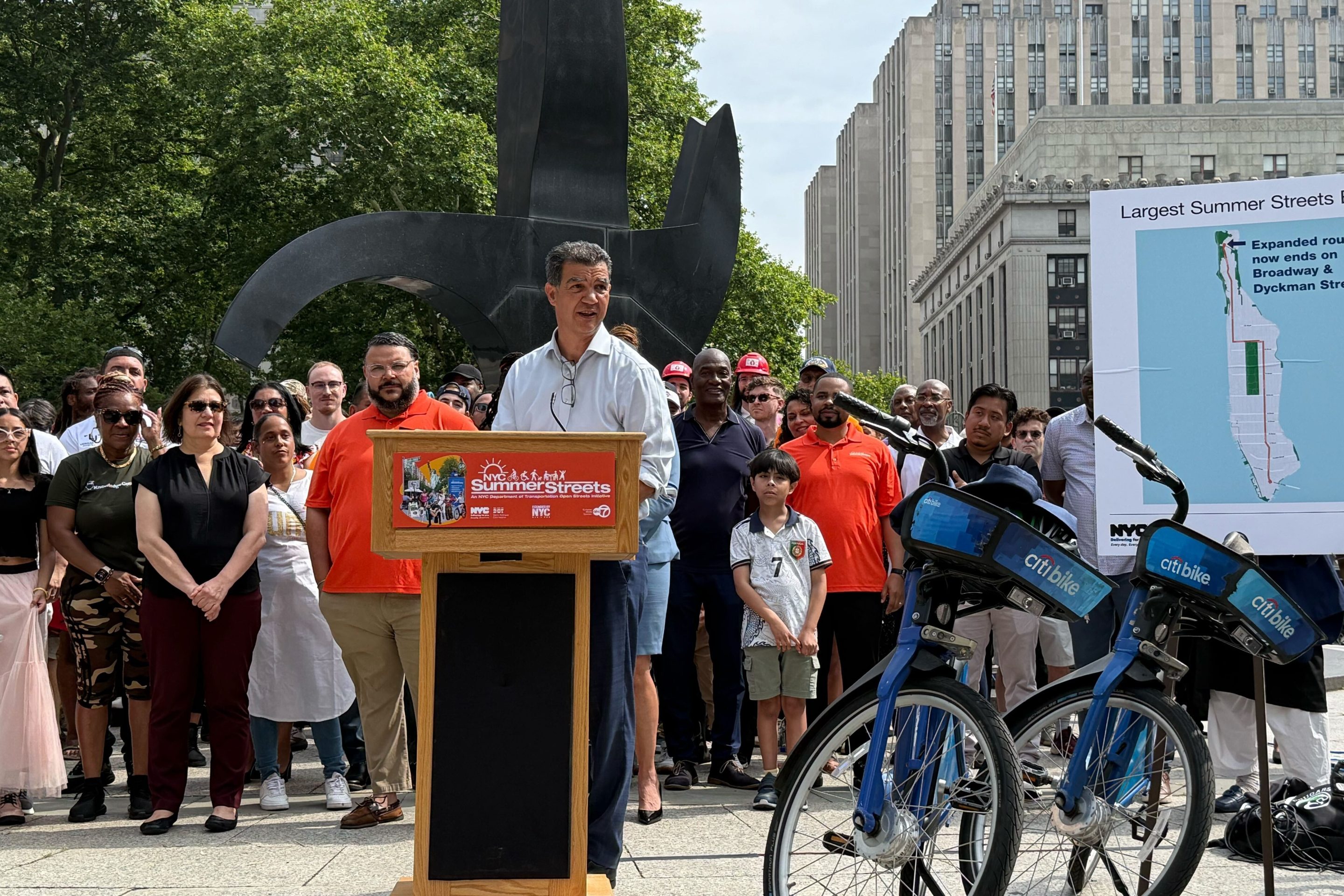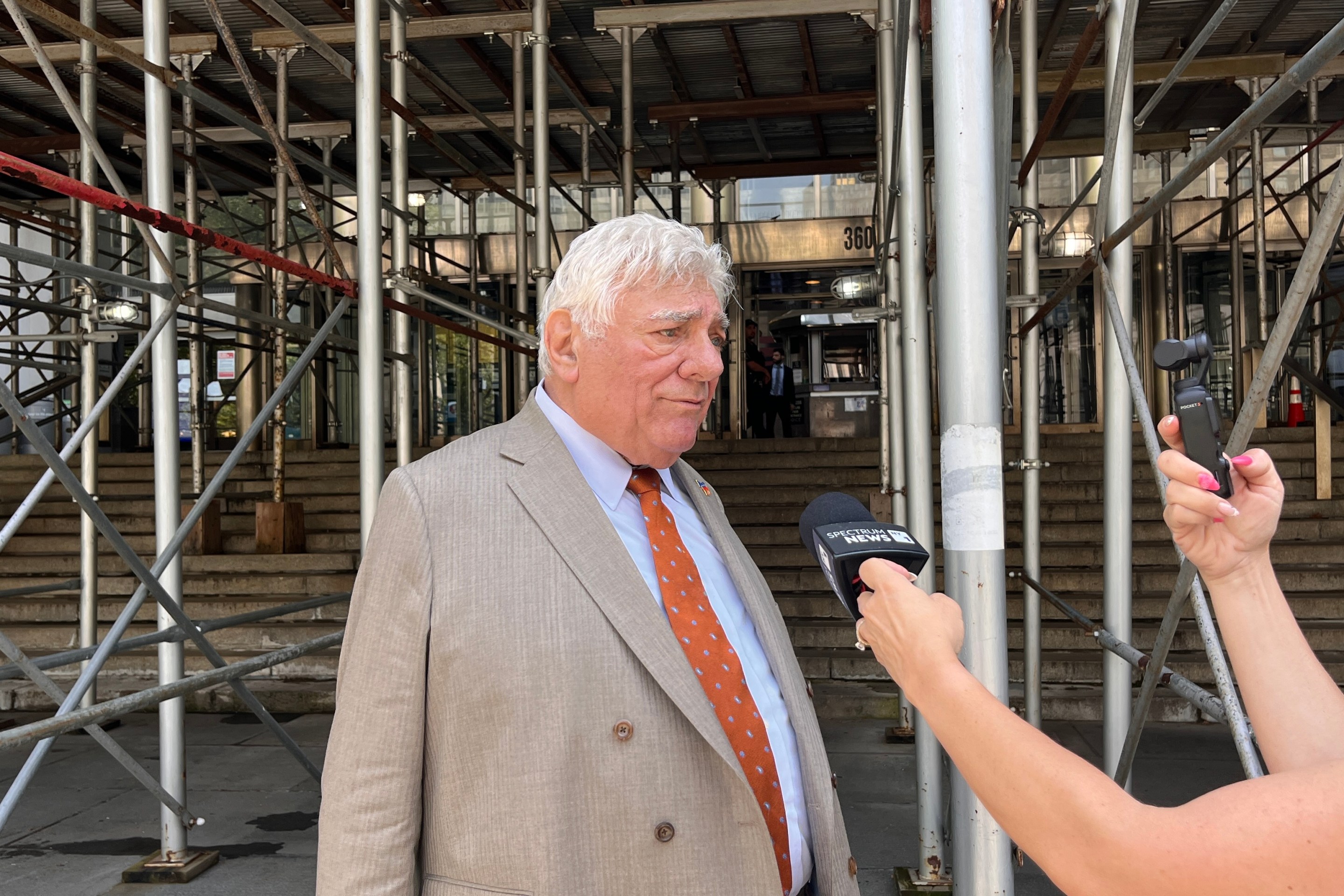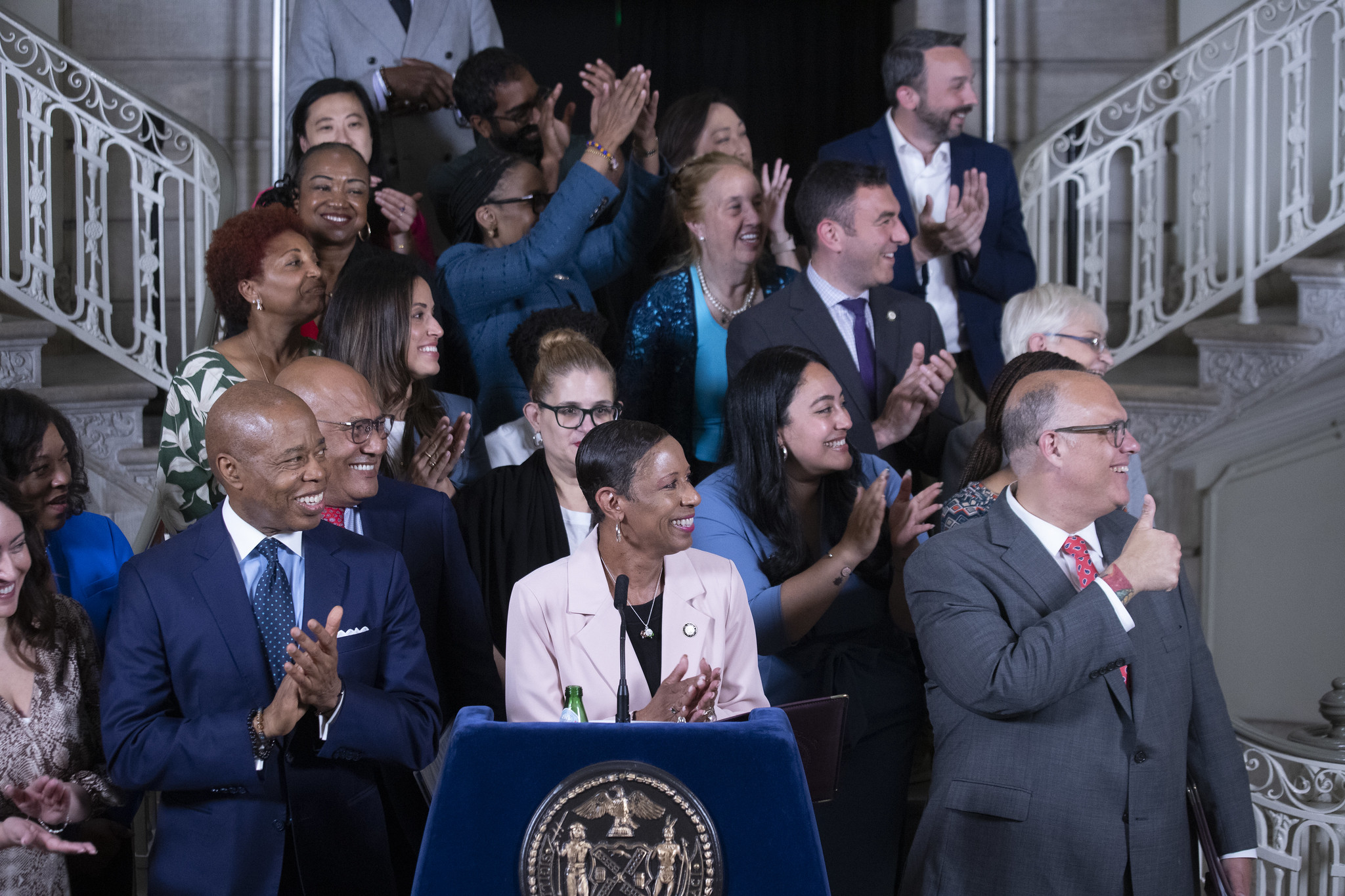Three months after the Obama administration announced the first winners of what it hopes will be the first of many federal grants to build U.S. high-speed rail networks, advocates and planners are settling in for a long battle to surmount the obstacles and unknowns that stand in the way of long-term bullet train development.
 If they build it, will people come? An early rendering of California's planned high-speed rail line. (Photo: Inhabitat)
If they build it, will people come? An early rendering of California's planned high-speed rail line. (Photo: Inhabitat)In a briefing yesterday sponsored by the Environmental Institute and the American Public Transportation Association (APTA), rail experts walked a fine line between espousing the benefits of high-speed train service and warning of the pitfalls that could neutralize the effect of the 2009 stimulus law's $8 billion down payment on new rail projects.
"Absent a strong government partnership, we're not going to have high-speed rail in this country," said Kevin Brubaker, deputy director of the Environmental Law and Policy Center.
Brubaker added that the biggest challenge facing high-speed rail is not the danger that ridership would not meet expectations -- although the lack of local transit connections in Florida's proposed Orlando-Tampa line has fueled those questions -- but the appetite of the Federal Railroad Administration (FRA) to make the bold leaps necessary to finish the job.
"There is a great deal of reluctance at FRA in terms of moving too quickly," Brubaker said, depicting his comments as pragmatism rather than a knock at the agency. "There is nothing worse, as a bureaucrat, than having your name on a bad program."
FRA chief Joseph Szabo took heat from senior senators last week over how his agency has coordinated with Amtrak and other inter-city rail players, suggesting that the $2.5 billion Congress approved last fall for high-speed rail might not be replicated this year unless a more muscular strategy is employed within the administration.
Indeed, at a congressional field hearing on bullet train service late last month, Szabo downplayed the significance of the "high-speed" aspect of inter-city rail. The federal rail program should be understood "in the context of the transportation markets served and the needs of
the passengers rather than as a race to see how fast a piece of
equipment can move," Szabo said.
That assessment is in line with the White House's first round of grant winners, only two of which -- California and Florida -- plan to create rail systems that meet international standards for high-speed trains by topping 150 miles-per-hour speeds. But private-sector planner Bruce Horowitz warned yesterday that even in the case of Europe and Asia's successful rail lines, consistent government spending was needed to help balance capital and operating budgets.
"There was a misunderstanding, largely here [in America], that those systems covered their costs," noted Horowitz, who works for the firm ESH Consult.
Petra Todorovich, director of the urban-planning group America 2050, offered a high-speed rail caveat of her own: the need to pair viable bullet trains with denser, transit-oriented land use strategies. "You can't just build high-speed rail and expect a business district to spring up around it," she said.
Florida officials have shown signs of heeding Todorovich's concerns, vowing this week to extend its high-speed service south to Miami and pursuing an ambitious commuter rail network in the Orlando area.
APTA vice president Art Guzzetti acknowledged the need to temper expectations for the high-speed rail program by raising a rhetorical question to other attendees at yesterday's briefing: "Did we jump into high-speed rail before we were ready?"
Guzzetti quickly answered his own question, asserting that "the administration did the right thing." He called the $8 billion the late-in-the-game addition to the stimulus "bold" and "abrupt," but also pivotal in terms of the governmental and media interest that it generated.
Yet not all rail advocates are as optimistic as the federal program's $10.5 billion budget would suggest. Eric Peterson, a former deputy administrator of the U.S. DOT's research arm who now leads the American High-Speed Rail Alliance (AHSRA), lamented yesterday that "so far ... the nation is basically unprepared to deal with" the work necessary to build true high-speed rail.
Citing projections that American bullet train service could require as much four decades to complete, Peterson said: "By the time we get [our systems] built, the level of technology for high-speed rail service in the world will be at a whole different plane. That leaves us with an $8 billion expenditure for a [low] margin of rail investments."





